Innovation, investment, efficiency, transparency and improvement are the clarion calls for aquaculture
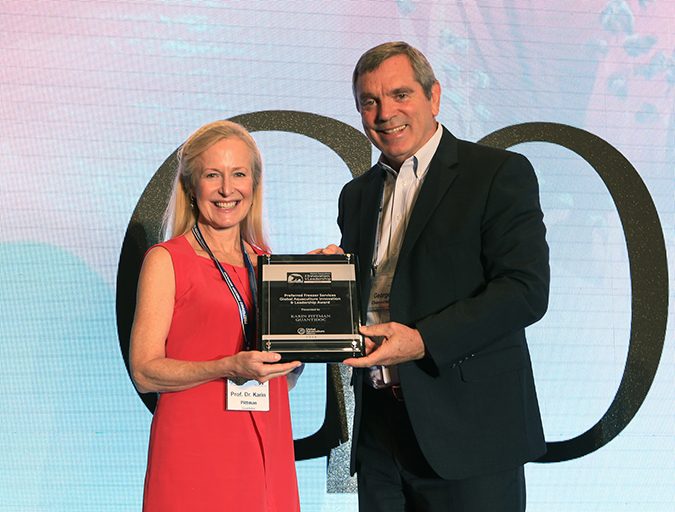
The aquaculture industry’s task is, simply put, daunting: To be a dependable protein-production solution as a rapidly growing world grapples with the challenge of feeding itself. It must do this while limiting impacts on the environment on which all those people – some 9 billion by the year 2050, as many estimates indicate – will forever depend.
On the third and final day of the Global Aquaculture Alliance’s annual GOAL conference, held in Guangzhou, China, the theme of “healthy planet” permeated every presentation. Mike Velings, CEO of Aqua-Spark, an “impact investment” firm based in Utrecht, the Netherlands, delivered the opening keynote with a stern challenge: Aquaculture, he said, will never rise to the challenge if it can’t figure out how to feed its farm-raised fish sustainably. His presentation was titled, “The Triple Impact of Responsible Aquaculture,” as his investment firm seeks environmental, social and economic returns on its investments.
“We’re eating fish and there are more and more of us. Yet we’re making the same mistakes over and over,” he said bluntly, lamenting the industry’s lack of transparency, lack of innovation and lack of trustworthy data that have long given investors precious little confidence in the sector.
When Velings first investigated aquaculture several years ago, he saw a “massive industry, developing rapidly, but with little innovation.” His team’s investments thus far include a manufacturer of an automated fish-feeding system that can save producers up to 24 percent on feed, generally their top expense; a manufacturer of aquafeeds that uses zero marine ingredients; and an Arctic char farmer in Iceland taking advantages of unique geophysical properties.
It’s the presence of health, not the absence of disease.
Aqua-Spark’s plan is to invest in 60 to 80 companies over the next decade, and all must sign an agreement to collaborate. This “ecosystem” of companies will encompass farms, ingredient and feed providers, disease solutions, technology, the supply chain and the marketplace. To produce what he estimates will be a necessary 140 million additional metric tons of fish by 2050, Velings said collaboration is the only way forward. “Working together is key,” he said.
Velings, relatively new to the industry, brought a fresh perspective and somewhat sobering assessment of aquaculture. The winner of this year’s Global Aquaculture Innovation & Leadership Award, Karin Pittman, took the audience to school with her 30 years of research into fish health, hearkening back to the first day’s theme of “healthy fish.” It is the collaboration between research, industry and regulators that has allowed Norway’s aquaculture industry to flourish, the University of Bergen professor said.
Pittman detailed the stereology technology behind her company Quantidoc AS [read about her mucosal mapping technology here] and how its “strong and applicable technology” can get the aquaculture industry thinking about aquatic diseases and the state of the industry in a new way.
“It’s the presence of health, not the absence of disease,” she said of mucosal mapping, or monitoring the slime that acts as a barrier on fish skin, gills and guts. “We want this industry to survive. We want to change the paradigm. Work together.”
Chile’s aquaculture industry has struggled with a series of fish diseases and natural disasters, culminating earlier this year in a harmful algal bloom that devastated production. Adolfo Alvial, regional director for the Chilean National Agency for Economic Development (CORFO), said that algal blooms are common along the Chilean coast in spring and summer. But this year’s event was “unprecedented” in its damage, as conditioning factors such as El Niño, high radiation, drought, lack of wind and strong stratification cysts made it an “extraordinary event.”
“This emphasis on disease is fine,” Alvial said. “But fish become sick when something is wrong in their environment. We have many potential pathogens around us, when there is a disruption in the condition in which we are producing fish.”
Due to the algal bloom, more than 5,000 salmon industry workers lost their jobs; 9,000 fishermen were affected, as were 600 small-scale mussel farmers and thousands of small distributors and seafood restaurants. While the red tide started to decline in June, Alvial said the industry should consider moving farms to areas that are less susceptible to the toxins. In the past three months, he added, there have been advances in cooperative agreements to step up algae monitoring and campaigns to reestablish trust in the country’s seafood products.
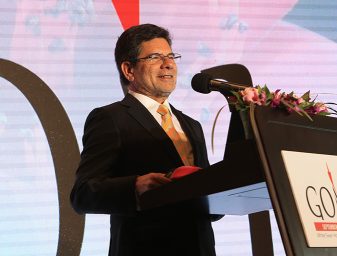
Dr. Michael Tlusty, director of ocean sustainability science at the New England Aquarium, gave the audience a detailed look at shrimp certification standards by assessing the “breadth and depth” of the schemes. In his research, he found that the three leading schemes – Best Aquaculture Practices, Aquaculture Stewardship Council and GlobalGAP – are remarkably similar when looking at the five major categories of impacts that shrimp aquaculture has on the planet: environmental protection, social issues and community protection, feed, supply risk (disease) and food safety.
“How do we get better when everyone is competing in the same space? This is what we’re doing in aquaculture and need to stop,” he said, adding that he’s in favor of multiple certification schemes, particularly if they are aligned in a stepwise fashion, where producers can continually seek to improve.
“We need to make a pathway to march from a national program to a volume standard, and then to another … and then push it off the chart,” he said, adding that of the 211 total consumer-goods certification schemes that are available, 25 percent of them deal with fisheries and aquaculture.
It’s this complex certification landscape that the benchmarking organization GSSI (Global Sustainable Seafood Initiative) seeks to find clarity in for seafood buyers around the world. Herman Wisse, program manager for GSSI, spoke to the marketplace’s need for confidence in the available programs.
“There are many complexities in the arena, it’s the reason why the GSSI initiative was born [in 2012],” he said. “Benchmarking is a lengthy and extensive process. It’s not easy. We’re trying to solve a real issue and make things easier for the sector; and to make sure we have enough seafood for increasing demand.”
Will aquaculture ever meet its potential, and the lofty goals that industry leaders, academia and NGOs are setting for it? Is certification the answer, and will consumers demand eco-labels on their boxes of fish fingers or bags of frozen shrimp? The marketplace will largely determine the degree of that success, and they’re watching the activities of GSSI very closely.
“We’re all in this to run profitable business,” said Eric Buckner, senior director of the seafood category for Sysco Corp., the largest U.S. foodservice distributor. “All these schemes – we’ve got to come out of this with a methodology to get the word out. Seafood is very complicated. These schemes are all good. But we just need to make sure our customers have a comfort level. Getting that information out is a challenge.”
Author
-
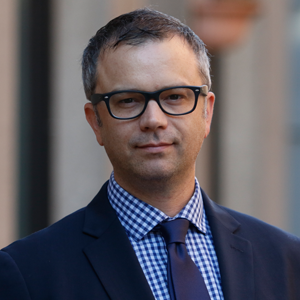
James Wright
Editorial Manager
Global Aquaculture Alliance
Portsmouth, NH, USA[103,114,111,46,101,99,110,97,105,108,108,97,97,103,64,116,104,103,105,114,119,46,115,101,109,97,106]
Tagged With
Related Posts
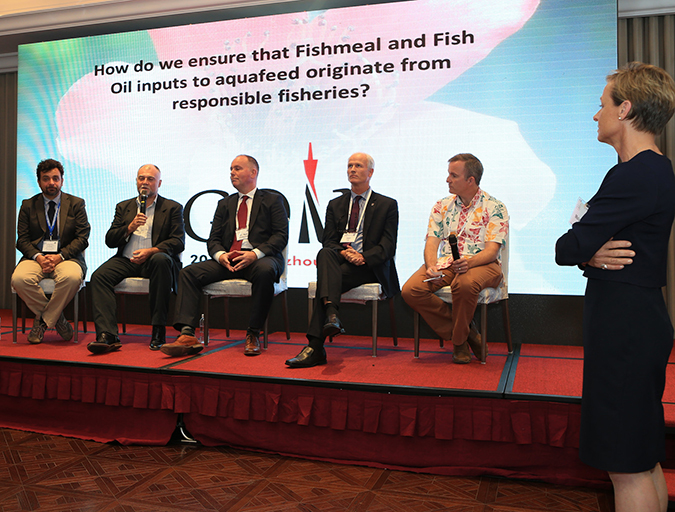
Aquafeeds
Taking on the task of sourcing fishmeal, fish oil responsibly
During an informative pre-GOAL special session, several marine ingredient and aquaculture experts discussed the challenges of responsible sourcing of fishmeal and fish oil supplies – essential ingredients in the aquaculture industry’s explosive growth over the past three decades and its future prospects.
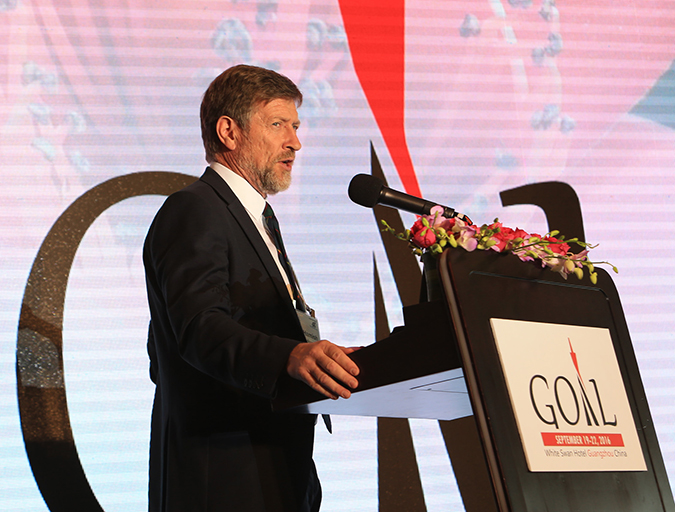
Health & Welfare
Healthy fish: Recap of Day 1 at GOAL 2016
Some of the world’s top aquatic animal disease experts shared knowledge about mitigation techniques at the GOAL conference in Guangzhou, China. Topics included sea lice, streptococcus and EHP, which was referred to as the “most insidious” disease impacting shrimp production.
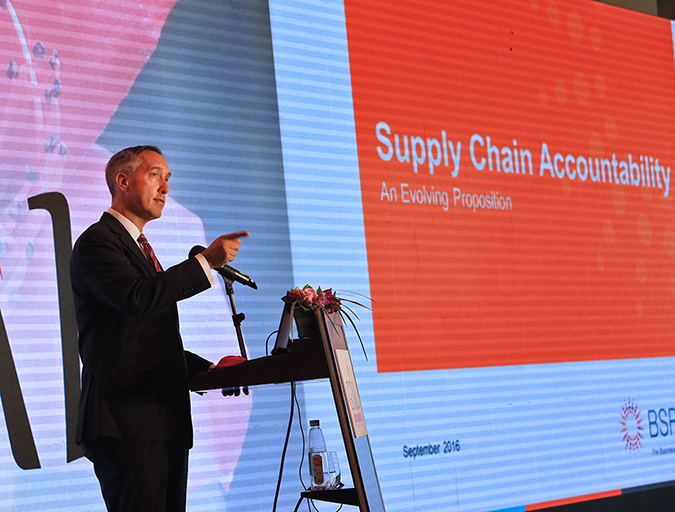
Responsibility
Healthy people: Recap of Day 2 at GOAL 2016
Seafood companies are not only striving to become sustainable and environmentally friendly; they are grappling with social responsibility issues that grab international headlines and rightfully force all links of the supply chain to button up their operations and put human rights above all else.

